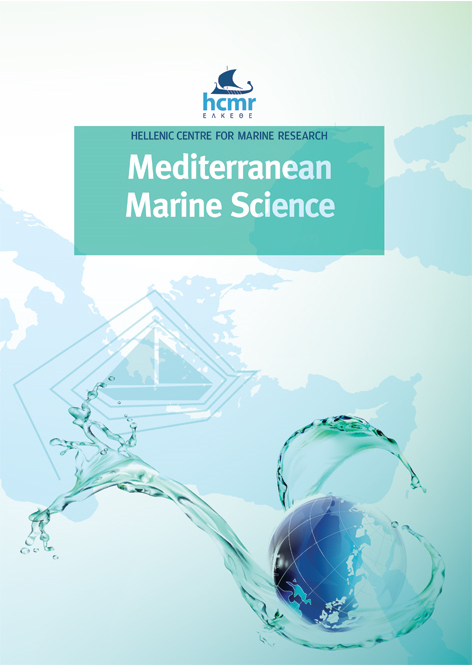Feeding ecology of pipefish species inhabiting Mediterranean seagrasses
Abstract
Pipefish are a vulnerable and diverse group of ichthyofauna tightly associated with seagrass meadows, key habitats in shallow marine areas. Despite their charismatic role, the main ecological features, habitat, and diet of this group remain largely unknown. This study focuses on assessing pipefish habitat and feeding preferences, including different hosting seagrasses such as Posidonia oceanica and Cymodocea nodosa from the Balearic Islands, western Mediterranean. Four species (Syngnathus typhle, S. abaster, Nerophis ophidion, and N. maculatus) were found associated to different seagrasses. S. typhle and N. maculatus were more frequent in P. oceanica meadows, while S. abaster and N. ophidion in C. nodosa. Individuals of all species captured in P. oceanica were larger than those living in C. nodosa, suggesting a size-dependent habitat preference. Feeding preferences, however, were driven by prey availability and fish features, e.g., head/snout morphology. For the first time in the western Mediterranean, a thorough description of the diet and potential prey of this group was carried out. Epifaunal assemblages (potential prey) were
dominated in both habitats by harpacticoid copepods and gammarid amphipods, and they were also the primary prey according
to stomach contents of all species. These results can contribute to future pipefish conservation and management actions, such as targeting crucial habitat identification and designing culture and reintroduction protocols.
Article Details
- Zitationsvorschlag
-
CASTRO-FERNÁNDEZ, J., CASTEJÓN-SILVO, I., ARECHAVALA-LOPEZ, P., TERRADOS, J., & MORALES-NIN, B. (2020). Feeding ecology of pipefish species inhabiting Mediterranean seagrasses. Mediterranean Marine Science, 21(3), 705–718. https://doi.org/10.12681/mms.22455
- Ausgabe
- Bd. 21 Nr. 3 (2020)
- Rubrik
- Research Article
Authors who publish with this journal agree to the following terms:
- Authors retain copyright and grant the journal right of first publication with the work simultaneously licensed under a Creative Commons Attribution Non-Commercial License that allows others to share the work with an acknowledgement of the work's authorship and initial publication in this journal.
- Authors are able to enter into separate, additional contractual arrangements for the non-exclusive distribution of the journal's published version of the work (e.g. post it to an institutional repository or publish it in a book), with an acknowledgement of its initial publication in this journal.
- Authors are permitted and encouraged to post their work online (preferably in institutional repositories or on their website) prior to and during the submission process, as it can lead to productive exchanges, as well as earlier and greater citation of published work (See The Effect of Open Access).





